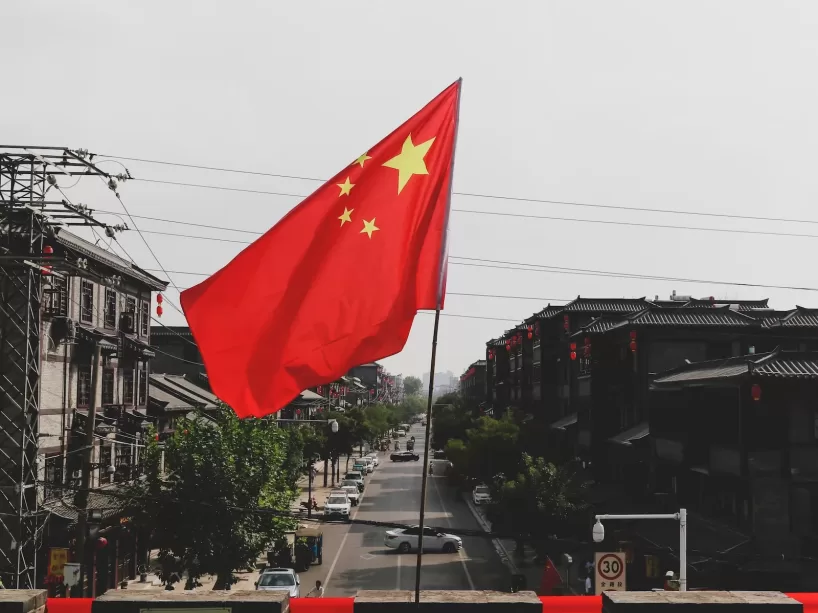China is actively indoctrinating its children from an early age, fostering a deep-rooted animosity towards Americans and Japanese. These allegations further assert that China includes military training exercises in its school curriculum as a means of preparing the younger generation for potential conflicts. In this article, we will delve into these claims and examine the available evidence to gain a comprehensive understanding of the situation.
The Indoctrination Process:
According to the claims, China is said to start indoctrinating children as soon as they are born, promoting hatred and a desire to harm Americans and Javanese. While it is essential to approach such allegations with skepticism, there have been reports and testimonies suggesting the existence of state-sponsored efforts to shape children's perspectives. Some sources claim that China uses propaganda materials, nationalist education, and control over media and the internet to instill a sense of hostility towards these specific groups.
Sources:
- To Inspire Young Communists, China Turns to ‘Red Army’ Schools
- EXPOSED: Inside China's 'brainwashed' schools run by the Red Army
The Inclusion of Military Training Exercises:
Another significant claim is that China incorporates military training exercises into its school curriculum. This alleged inclusion aims to condition children to embrace a martial mindset and develop basic military skills. While precise details about the extent and frequency of these exercises are challenging to verify, there have been reports of physical drills and simulated combat scenarios conducted in certain schools.
Sources:
- China Schools: Pupils 'Exercised to Exhaustion' during Mock Battles
- The Administration’s Approach to the People’s Republic of China
Scrutiny and Counterarguments:
While these claims raise concerns about China's educational practices, it is essential to approach them critically. Some experts argue that reports may exaggerate the extent of indoctrination and militarization, while others contend that similar activities occur in other countries as well, albeit with different motives. It is crucial to evaluate the evidence objectively and consider alternative perspectives to gain a nuanced understanding of the situation.
Sources:







